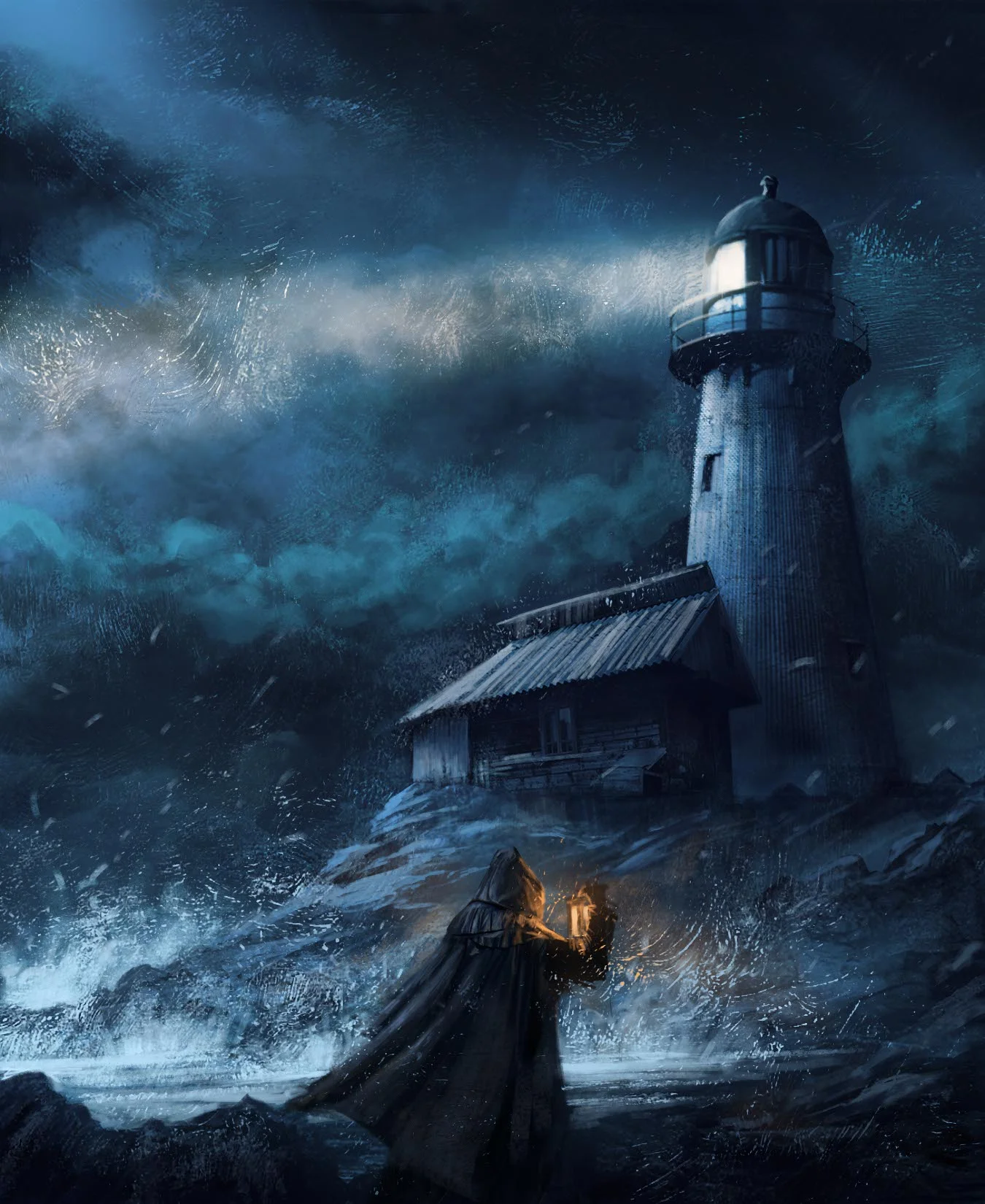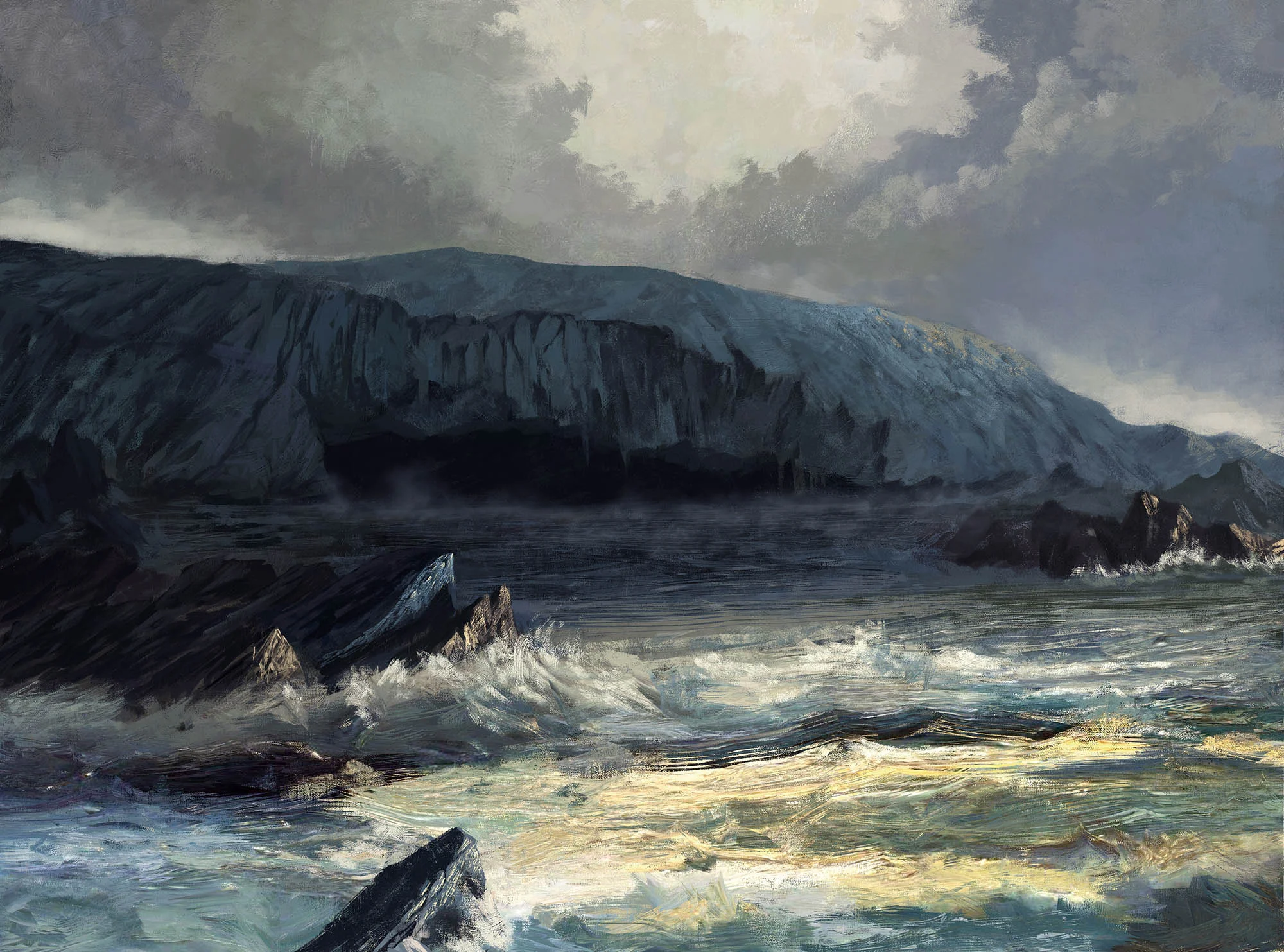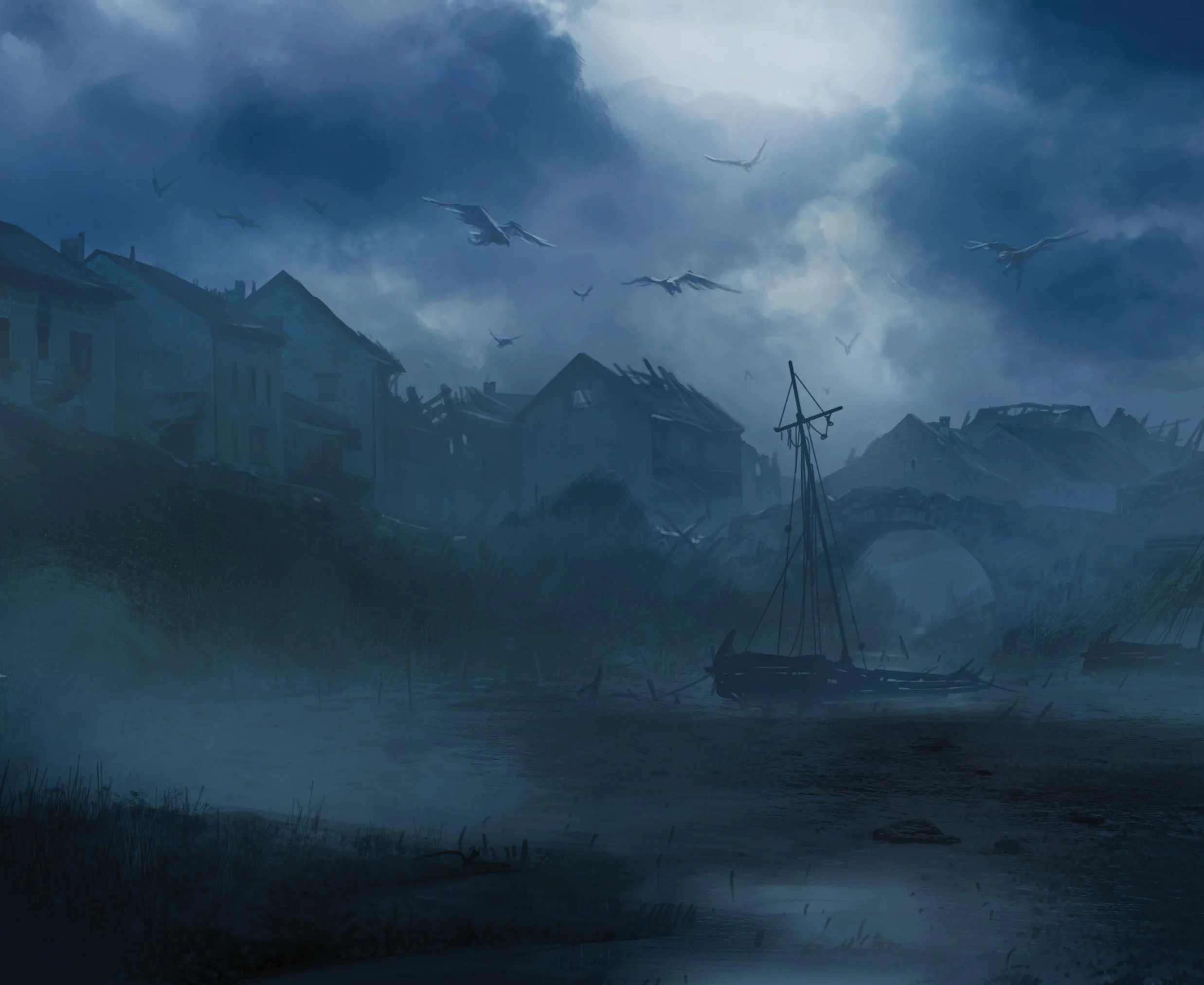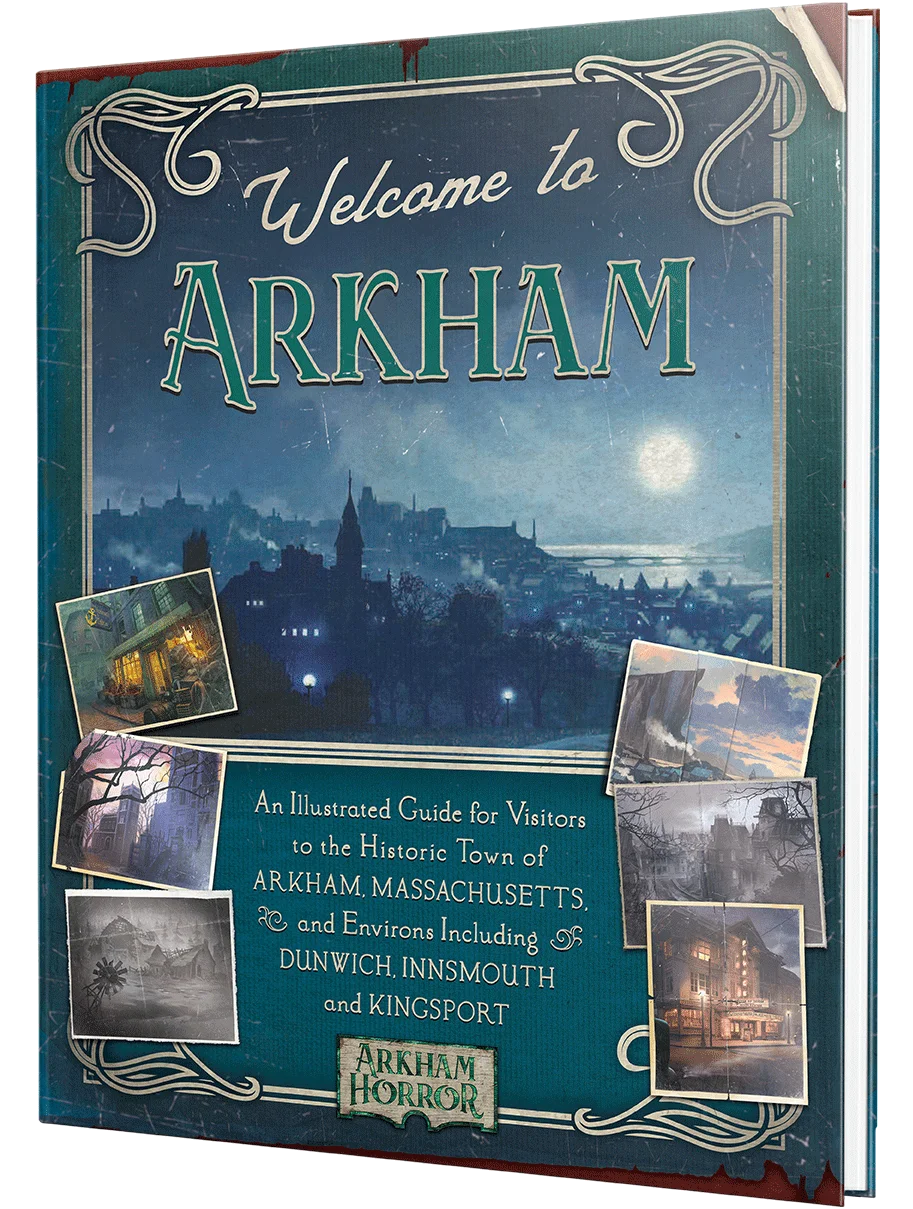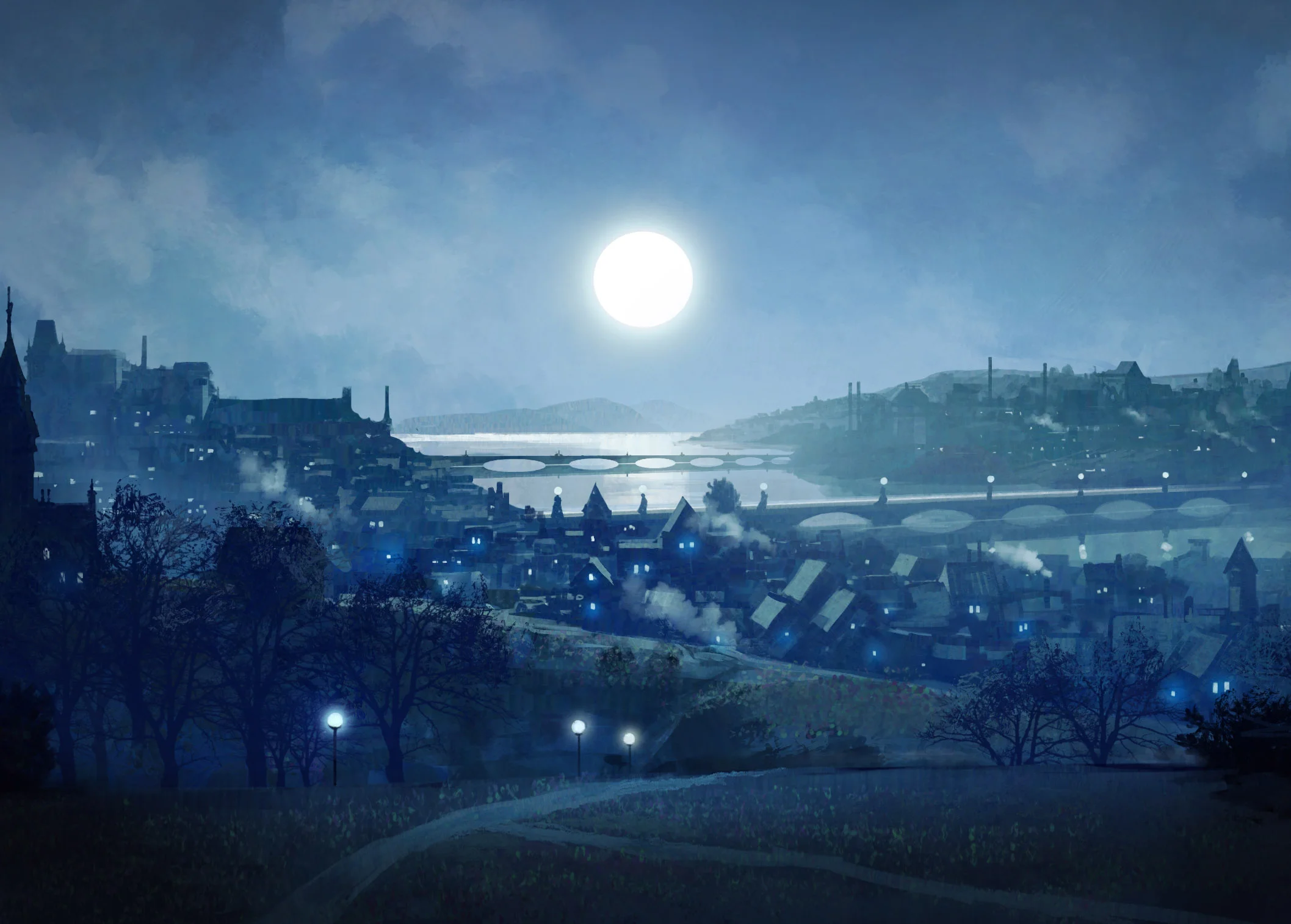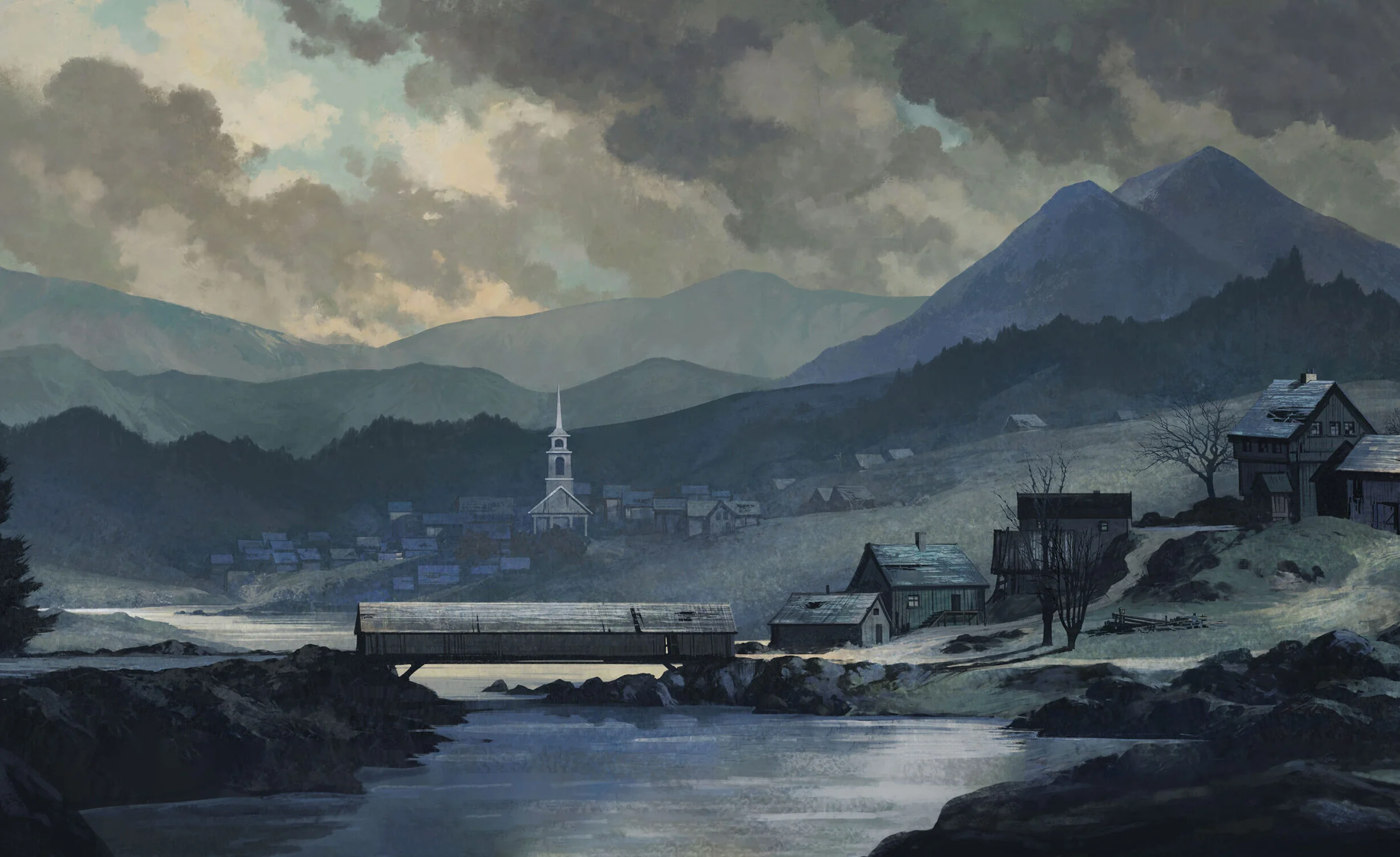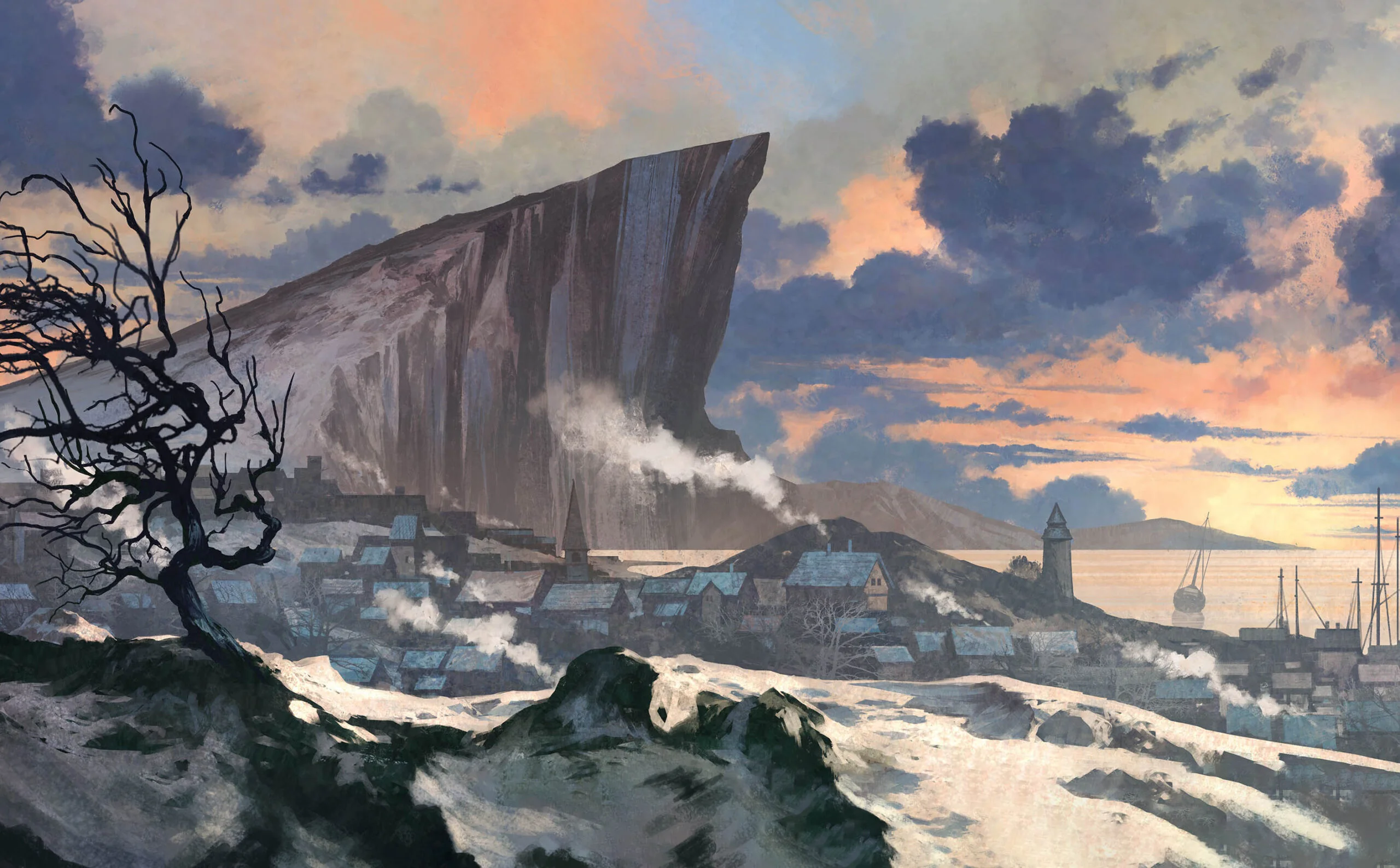

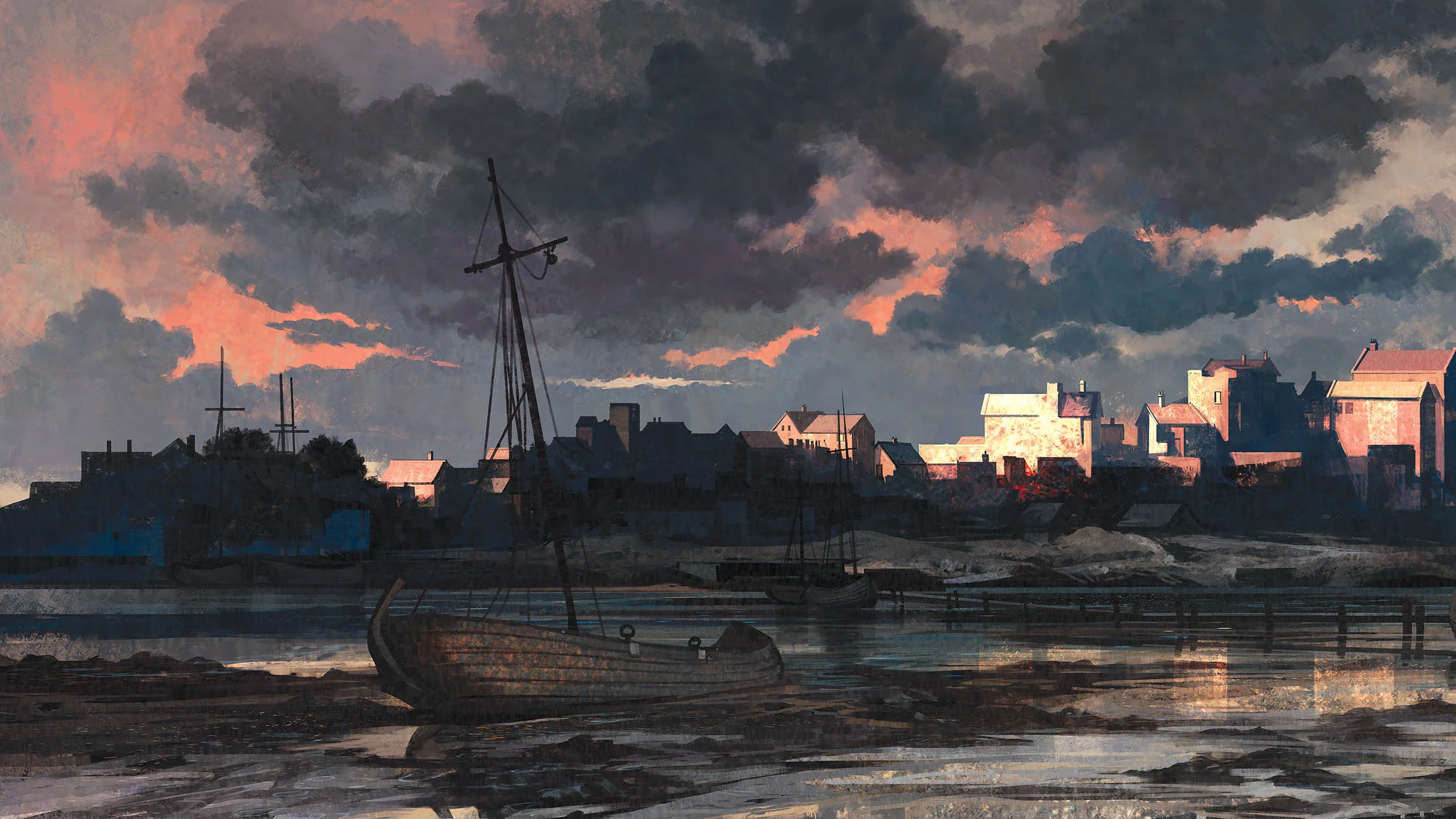
“Though the golden light of late afternoon gave the ancient roofs and decrepit chimneys an air of mystic loveliness and peace, I could not help glancing over my shoulder now and then. I would surely be very glad to get out of malodorous and fear-shadowed Innsmouth…”
– H. P. Lovecraft, The Shadow Over Innsmouth
A Seat of Great Maritime Prosperity
Once, Innsmouth was a prosperous place. Founded in 1643 and situated at the mouth of the Manuxet River, the village swelled throughout the Colonial and Revolutionary eras, becoming a major hub of shipbuilding throughout the Massachusetts colony, easily rivalling Kingsport and even Essex. As the Nineteenth Century marched on, however, it soon became apparent that little demand remained for traditional sailing ships. By the time Innsmouth’s shipwrights admitted as much, it was too late for any change of tack that would alter Innsmouth’s fortunes. The village’s population floundered after a mysterious disease—possibly cholera—swept through its slums in 1846.
The village has barely held on thanks only to the prosperity brought by Obed Marsh’s gold refinery—most of which is funneled into the Esoteric Order of Dagon, a religious organization also founded by the family patriarch. Where the former sea captain found the raw materials to start his gold-processing business remains a mystery. Perhaps it has something to do with Devil Reef, the rocky outcrop that appears when the tide is low just off Innsmouth’s shores—and where, rumor has it, “devils” emerge from the water at night.



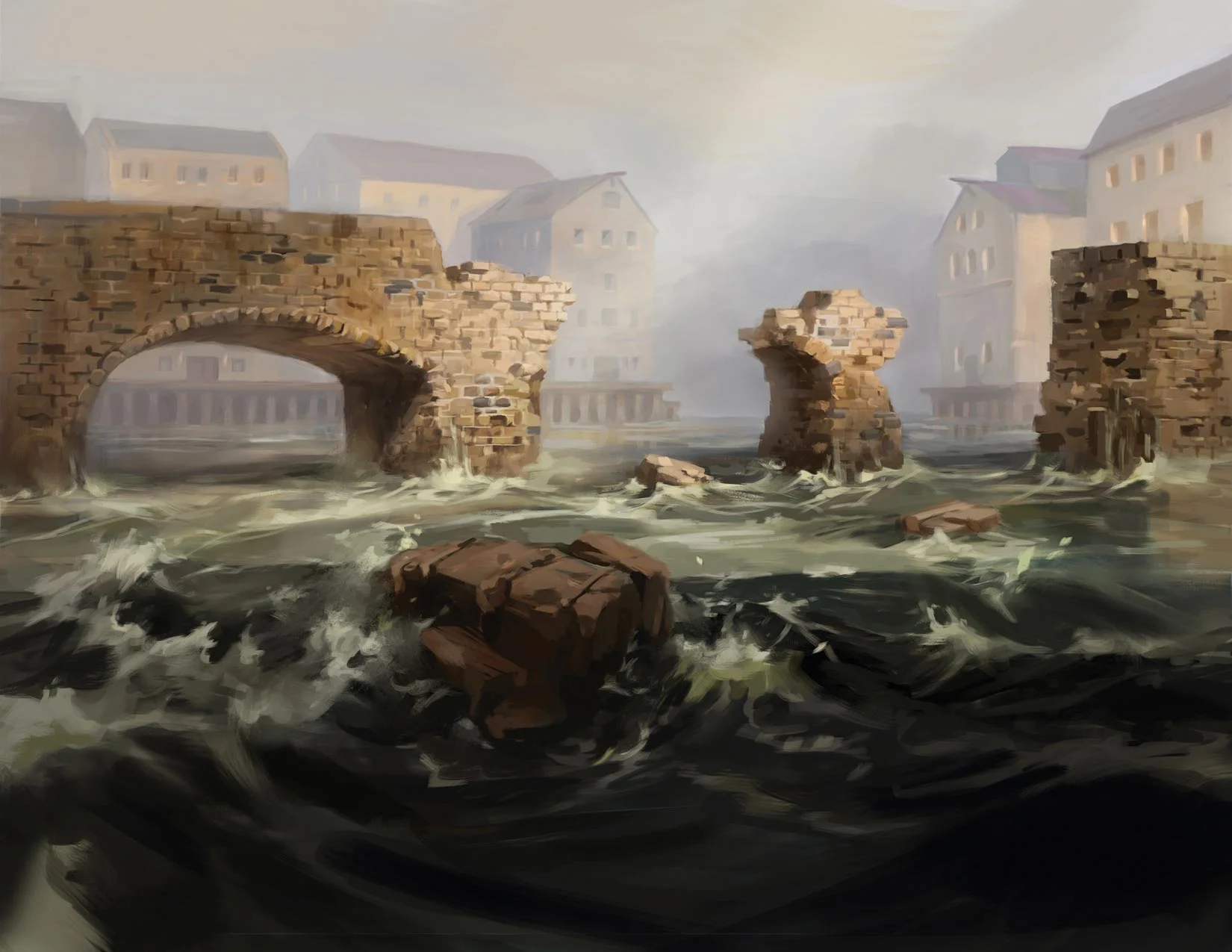



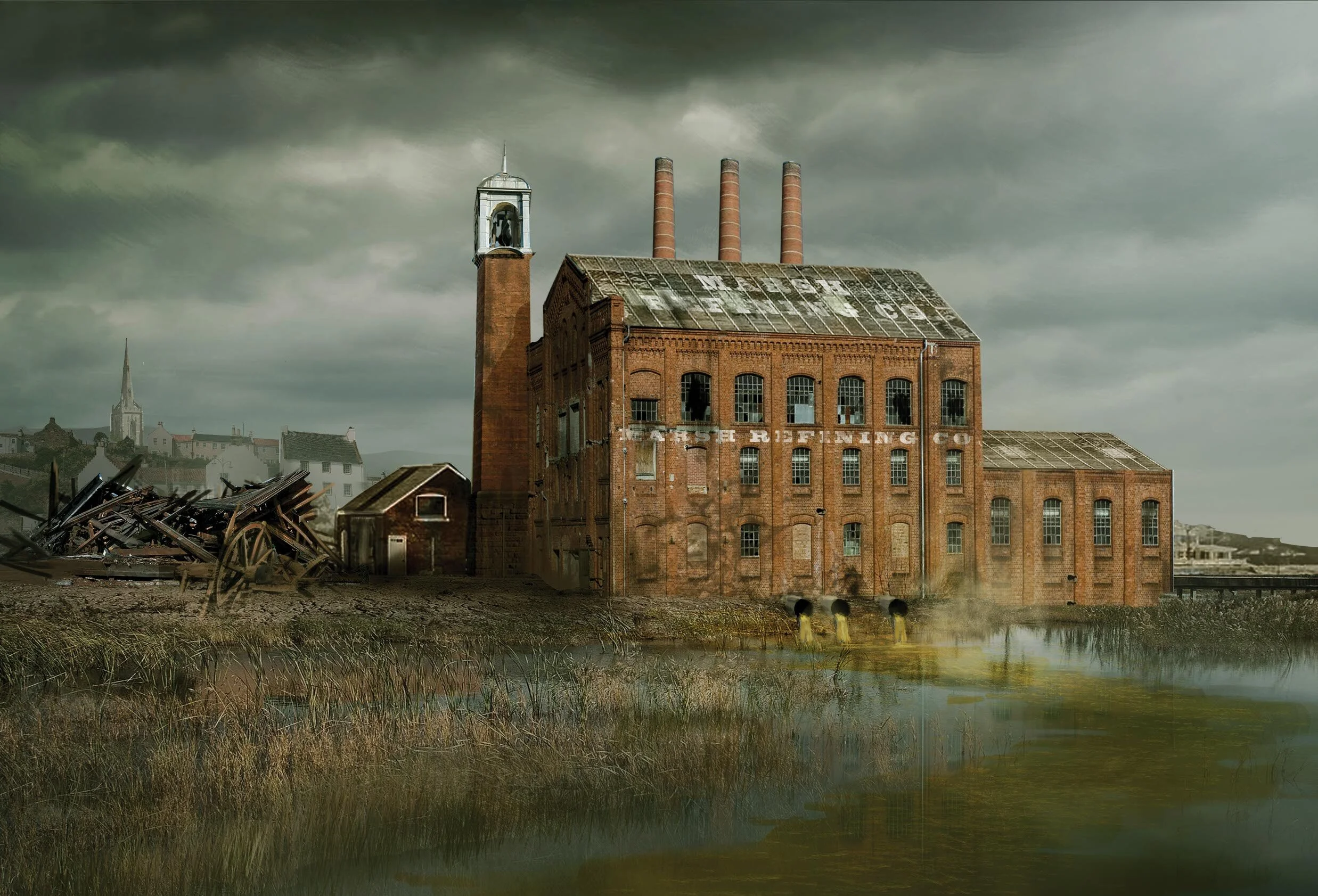
Federal agents descended on Innsmouth a few years ago, supposedly tracking rum-runners off the coast of Devil Reef.
However, no charges were pressed and no smugglers were ever located. While suspicions remain regarding the activity off of Innsmouth’s coast, the town has settled into uneasy silence and obscurity, as if hidden from the world—and even separated from the passage of time—by the fog and spray from the sea that seem perpetually to blanket the town.

